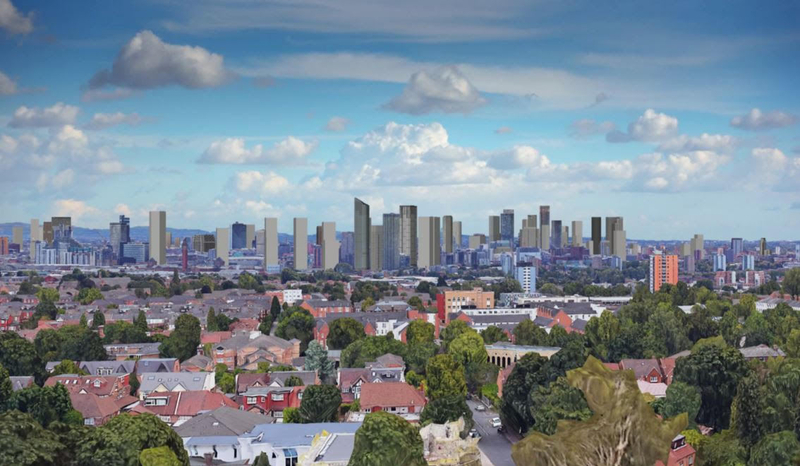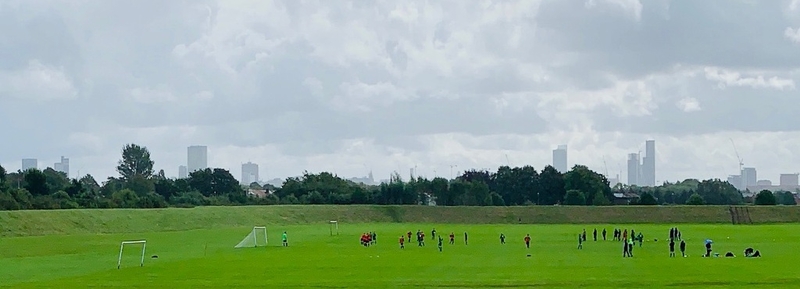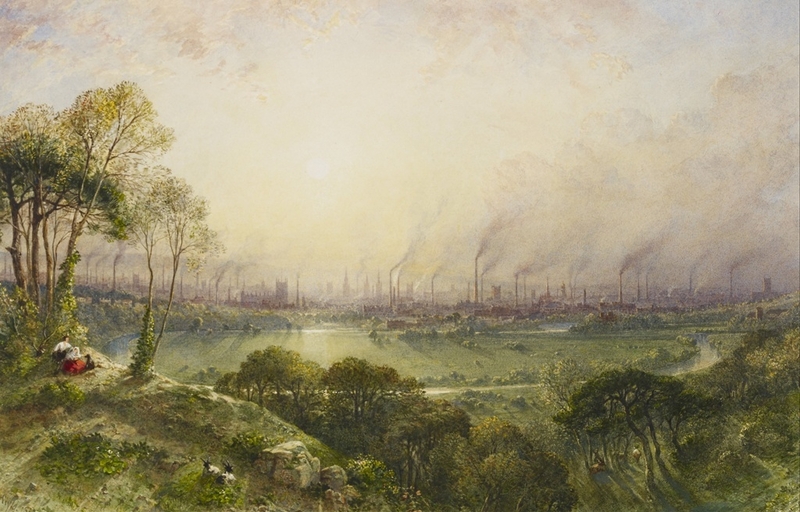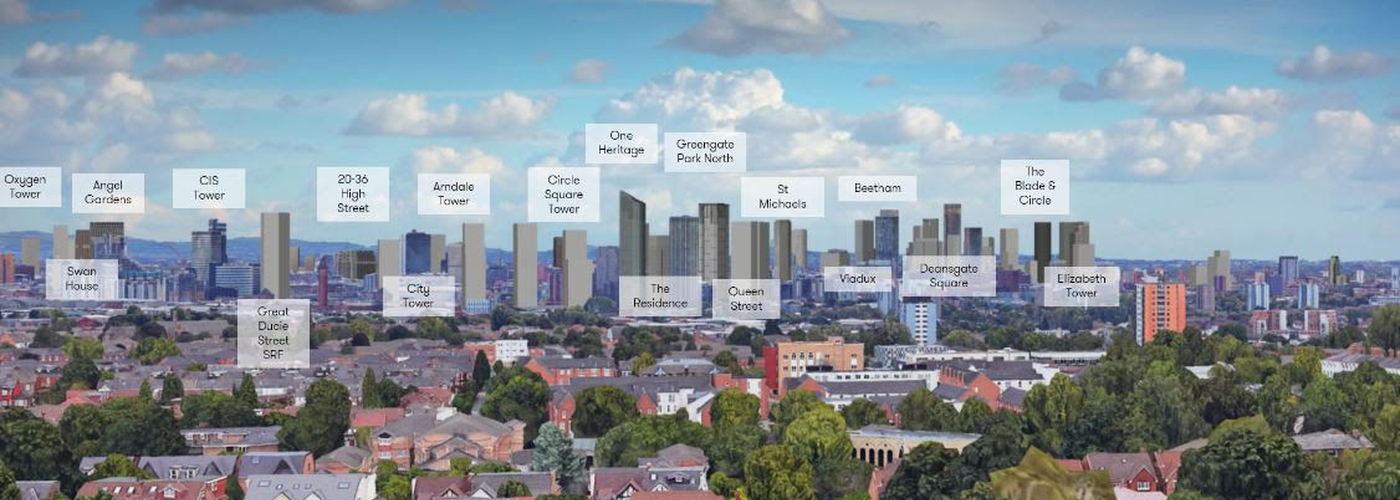Jonathan Schofield looks into the past and future of Manchester's tall buildings
Imagining future cities is always fun, and there's been some startling imagineering taking place about Manchester. Now we have more tall stories of many storeys, but this time based on realistic projections.
The pace of change with the skyline is astonishing
UrbInfo, a leading source of information on Manchester's property sector and part of the UrbanBubble property group, has been getting busy with graphics. Its third annual Tall Buildings Report shows the number of completed buildings of 20-storeys or more in Greater Manchester rising from just 12 in the year 2000 to a total of 37 in 2019.
The report says: ‘Another 20 towers are under construction, 25 others have secured planning permission, with decisions on another 12 yet to be made and with a further 48 tall buildings announced and at the pre-planning stage.
‘There are 25 existing and proposed buildings of more than 40-storeys in the city, with the average height of tall buildings being 30 storeys.’


20 storeys, by the way, is an established definition of a tall building, around 100m or a chunk over 300ft.
For those folk of a certain age, the pace of change with the skyline is astonishing. It's probably astonishing for everybody.
The CIS Tower ruled the Manchester roost as the city’s tallest building for 44 years at 118m (390ft). It was designed in 1962 by Hay and Burnet, Tait and Partners and wasn’t topped until 2006 with Beetham Tower at 169m (554ft) by SimpsonHaugh Architects. South Tower of Deansgate Square is now king of the hill at 201m (659ft), also designed by SimpsonHaugh Architects.
The growth of the skyline before that was slow, as to be expected, with the Collegiate Church (subsequently the Cathedral) the highest structure for very many centuries. It was the first to climb over 30m (100ft). The next tall structures were the chimneys of the Industrial Revolution, which for a while clumped together to makes a proto-Manhattan of very thin and very smoky verticality. The famous William Wyld painting from 1852 reveals this superbly (see below). Some of these chimneys might have been as high as 92m (300ft).
Then Alfred Waterhouse's Town Hall took over at 87m (285ft) in 1877. And that was the boss until almost a century later and the buildings of the sixties.


UrbInfo has found that planning applications for tall buildings are accelerating. In recent months tall building applications amounted to a third of all major developments in the region with the majority in the city centre and along a spur to the Quays. The evidence suggests there may be more than 50 tall buildings going up within the decade. This might be the equivalent of 30,000 homes.
Of course, neither the climbing skyline images nor stats deliver a valuable judgement on whether this heady development is a good thing or a bad thing or just a thing. As mentioned in our article about the latest plans for St Michael’s scheme, there is a tide of opinion that really does not like tall buildings. This was evidenced by an article in The Guardian, which preached that Manchester was selling its soul. Really? We don't think so.
We will keep tackling the pro and con arguments.
In the meantime, let’s enjoy the fantasy of the skyscraping future city, while not forgetting we have to make things work at ground level - socially, culturally and environmentally.
There was a profile of UrbanBubble and an interview with its boss Michael Howard in 2019 here.
















